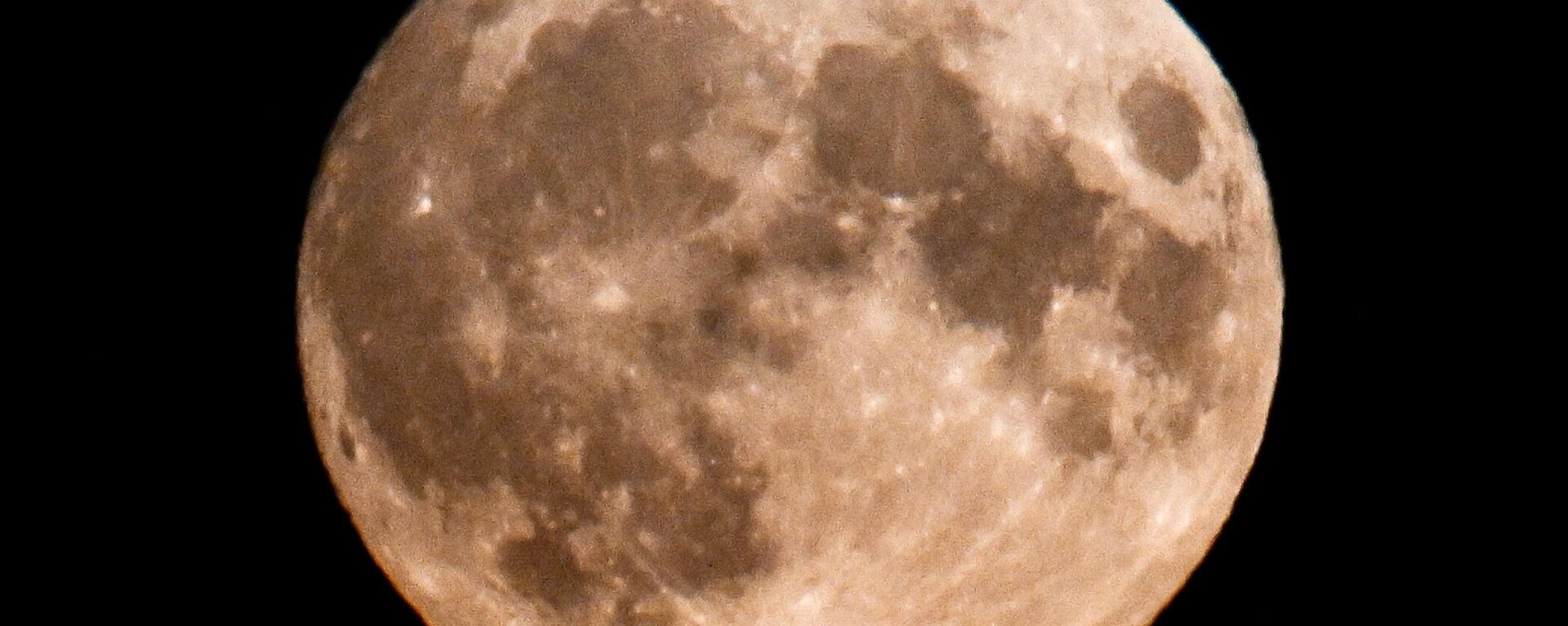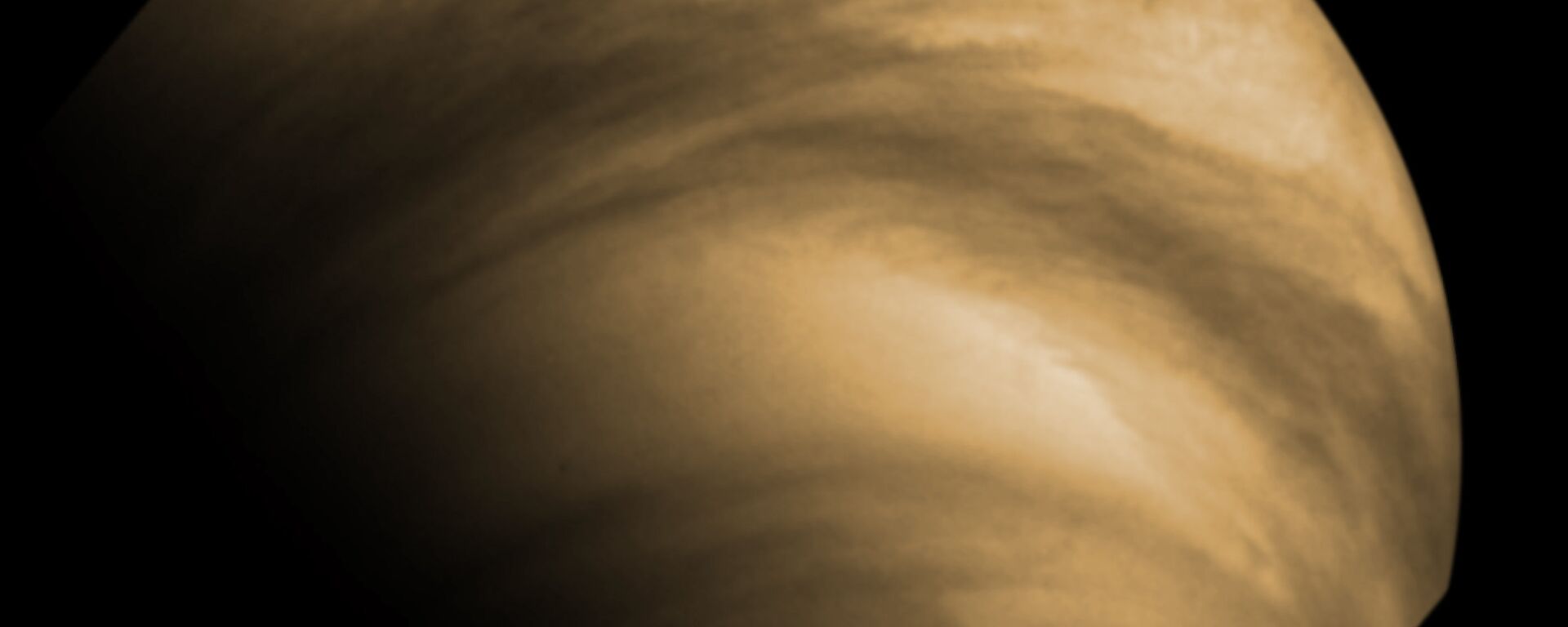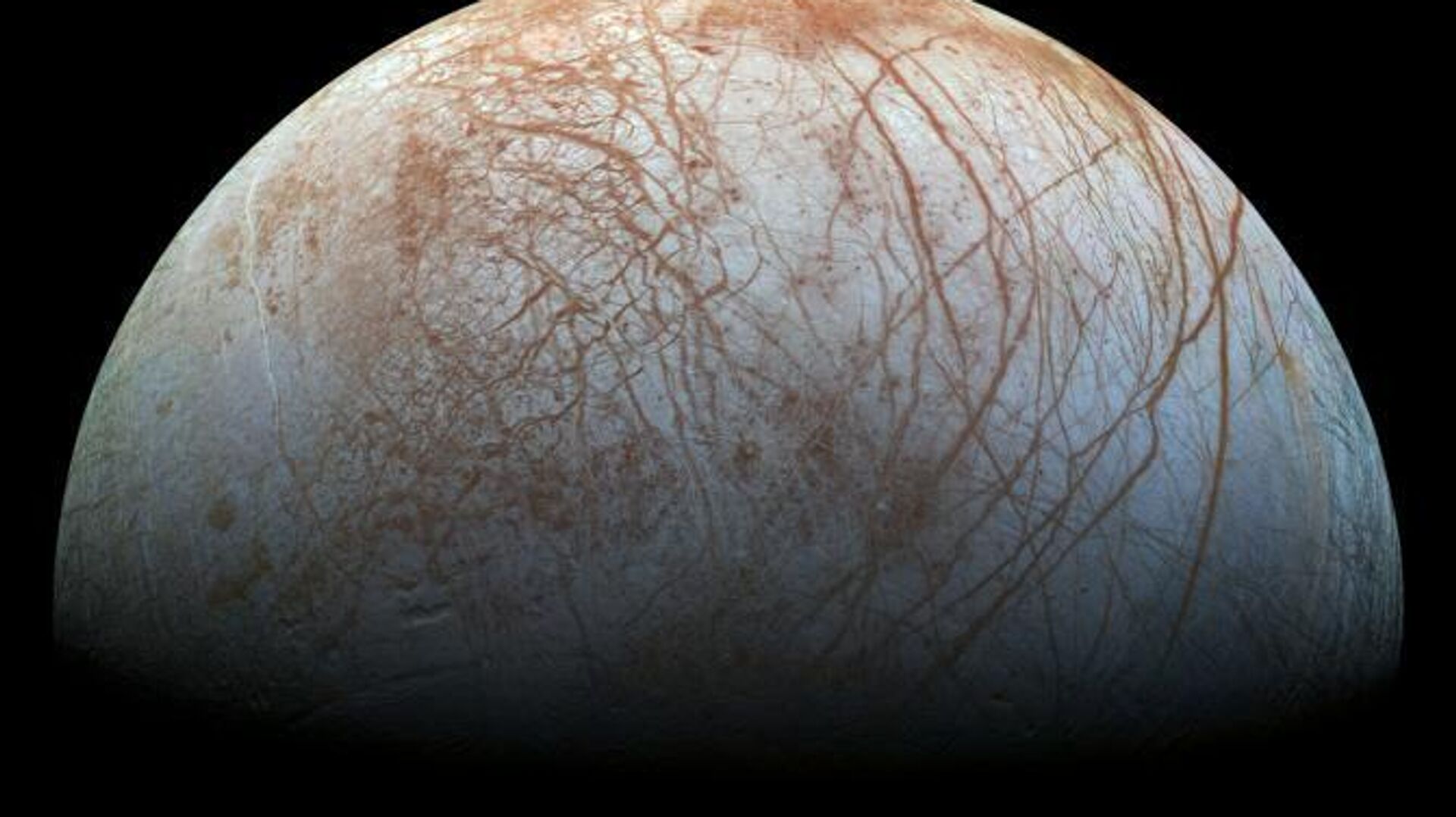https://sputnikglobe.com/20240128/hubble-finds-water-in-exoplanets-atmosphere-1116444356.html
Hubble Finds Water in Exoplanet’s Atmosphere
Hubble Finds Water in Exoplanet’s Atmosphere
Sputnik International
Using NASA’s Hubble Space Telescope, astronomers have found water molecules on a small exoplanet named GJ 9827d that is 97 light-years from Earth.
2024-01-28T05:01+0000
2024-01-28T05:01+0000
2024-01-28T05:01+0000
beyond politics
space
space exploration
exoplanet
hubble space telescope
astronomy
space research
extraterrestial life
https://cdn1.img.sputnikglobe.com/img/07e6/03/1a/1094222738_0:60:671:437_1920x0_80_0_0_0b2ad9c3059451c256810f0650eb0b27.jpg
Using NASA’s Hubble Space Telescope, astronomers have found water molecules on a small exoplanet named GJ 9827d that is 97 light-years from Earth. The planet is about twice the size of Earth’s diameter, but it’s the smallest exoplanet found to have water vapor in its atmosphere.Even as water is essential to sustaining life, there is unlikely to be any on this exoplanet as it has searing hot temperatures according to Thursday’s report. The exoplanet is as hot as Venus---burning at about 800 degrees Fahrenheit (426 degrees Celsius) it is an inhospitable world. But the planet’s existence could be proof that there are other planets with water-rich atmospheres in our galaxy, according to NASA.Benneke adds that the planet could be half water and half rock, and that there could be a lot of “water vapor on top of some smaller rocky body”.Astronomers who stumbled upon GJ 9827d are not yet sure if it has just a small amount of water vapor, or if the its atmosphere is made up of mostly water. But so far they have two theories regarding its make-up: either the planet is still holding onto a hydrogen rich atmosphere enriched with water like Neptune. Or the planet could be a warmer version of Jupiter’s moon Europa, which has twice as much water as Earth underneath its crust, according to NASA."This Hubble discovery opens the door to future study of these types of planets by NASA's James Webb Space Telescope. JWST can see much more with additional infrared observations, including carbon-bearing molecules like carbon monoxide, carbon dioxide, and methane. Once we get a total inventory of a planet's elements, we can compare those to the star it orbits and understand how it was formed," Greene added.The report was published in The Astrophysical Journal Letters.
https://sputnikglobe.com/20240107/astronomers-warn-moons-resources-could-be-destroyed-by-exploitation-1116022480.html
https://sputnikglobe.com/20231108/astronomers-observe-atomic-oxygen-on-venus-harsh-day-side-for-first-time-1114827364.html
Sputnik International
feedback@sputniknews.com
+74956456601
MIA „Rossiya Segodnya“
2024
News
en_EN
Sputnik International
feedback@sputniknews.com
+74956456601
MIA „Rossiya Segodnya“
Sputnik International
feedback@sputniknews.com
+74956456601
MIA „Rossiya Segodnya“
water in space, exoplanet, hubble space telescope, nasa, exoplanet gj 9827d, space exploration, space research, extraterrestrial life, life in outer space, space water
water in space, exoplanet, hubble space telescope, nasa, exoplanet gj 9827d, space exploration, space research, extraterrestrial life, life in outer space, space water
Hubble Finds Water in Exoplanet’s Atmosphere
The planet, which is burning at 800 degrees Fahrenheit (426 degrees Celsius) would be inhospitable, but its discovery opens the door to more than just water.
Using NASA’s Hubble Space Telescope, astronomers have found water molecules on a small exoplanet named GJ 9827d that is 97 light-years from Earth. The planet is about twice the size of Earth’s diameter, but it’s the smallest exoplanet found to have water vapor in its atmosphere.
Even as water is essential to sustaining life, there is unlikely to be any on this exoplanet as it has searing hot temperatures according to Thursday’s report. The exoplanet is as hot as Venus---burning at about 800 degrees Fahrenheit (426 degrees Celsius) it is an inhospitable world. But the planet’s existence could be proof that there are other planets with water-rich atmospheres in our galaxy, according to
NASA.
"This would be the first time that we can directly show through an atmospheric detection, that these planets with water-rich atmospheres can actually exist around other stars," said Björn Benneke of the Trottier Institute for Research on Exoplanets at Université de Montréal. "This is an important step toward determining the prevalence and diversity of atmospheres on rocky planets."

7 January 2024, 01:54 GMT
Benneke adds that the planet could be half water and half rock, and that there could be a lot of “water vapor on top of some smaller rocky body”.
"Water on a planet this small is a landmark discovery," added Laura Kreidberg of Max Planck Institute for Astronomy in Heidelberg, Germany. "It pushes closer than ever to characterizing truly Earth-like worlds."
Astronomers who stumbled upon GJ 9827d are not yet sure if it has just a small amount of water vapor, or if the its atmosphere is made up of mostly water. But so far they have two theories regarding its make-up: either the planet is still holding onto a hydrogen rich atmosphere enriched with water like Neptune. Or the planet could be a warmer version of Jupiter’s moon Europa, which has twice as much water as Earth underneath its crust, according to NASA.
"Observing water is a gateway to finding other things," said Thomas Greene, astrophysicist at NASA's Ames Research Center in California's Silicon Valley.

8 November 2023, 21:29 GMT
"This Hubble discovery opens the door to future study of these types of planets by NASA's James Webb Space Telescope. JWST can see much more with additional infrared observations, including carbon-bearing molecules like carbon monoxide, carbon dioxide, and methane. Once we get a total inventory of a planet's elements, we can compare those to the star it orbits and understand how it was formed," Greene added.
The report was published in The Astrophysical Journal Letters. 



